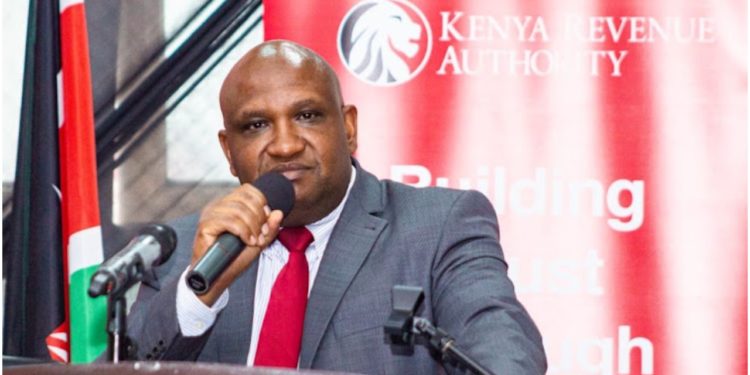The Kenya Revenue Authority (KRA) exceeded its October revenue target by KES 6.8 billion, achieving a 104.6% performance rate in domestic taxes and collecting a total of KES 210 billion, surpassing the goal of KES 203.5 billion.
The Domestic Taxes Department led this performance, collecting KES 136.8 billion, which was KES 5.93 billion above its target of KES 130.9 billion. However, certain tax categories faced shortfalls. Value-added tax (VAT) recorded a deficit of KES 2.3 billion, and domestic excise taxes, including those on airtime and financial services, experienced declines.
The Customs and Border Control Department contributed positively, collecting KES 73.2 billion, which exceeded its target by KES 941 million. KRA reported an overall surplus of KES 6.779 billion in total revenue (a 103.3% performance rate) and KES 243 million in exchequer revenue (100.1% performance rate).
Oil tax revenues significantly bolstered KRA’s performance, with a KES 3.8 billion surplus, achieving a 114.3% performance rate. In its report, KRA attributed this strength to a “30.7% growth in oil volumes,” driven by rises in petrol (62.3%), diesel (4.2%), and other oil products (46.1%). Additionally, the Road Maintenance Levy, excise duty on oil, the Petroleum Regulatory Levy, and the Railway Development Levy collectively raised KES 4.3 billion.
The KRA also credited a July 2024 increase in the Road Maintenance Levy from KES 18 to KES 25 per litre, as per Legal Notice No. 109, for boosting oil revenue.
Withholding tax collections grew by KES 2.4 billion, largely due to contributions from both private and public sectors, mainly from interest, dividends, and pension or retirement annuities in the private sector. “Withholding tax collections from the private sector grew by 27.4%, while public sector collections rose by 41.9%,” KRA noted. Pay As You Earn (PAYE) also performed well, with KES 689 million in surplus, primarily from public sector remittances, reflecting a 16.4% growth.
Despite these strong results, some tax categories fell short of targets. PAYE from the private sector reported a KES 1.213 billion shortfall due to KES 90.5 million in refunds for Large Taxpayer Office (LTO) clients. VAT also recorded a deficit of KES 2.4 billion, as turnover sales in sectors like finance, retail trade, and electricity fell by 14.7%.


















